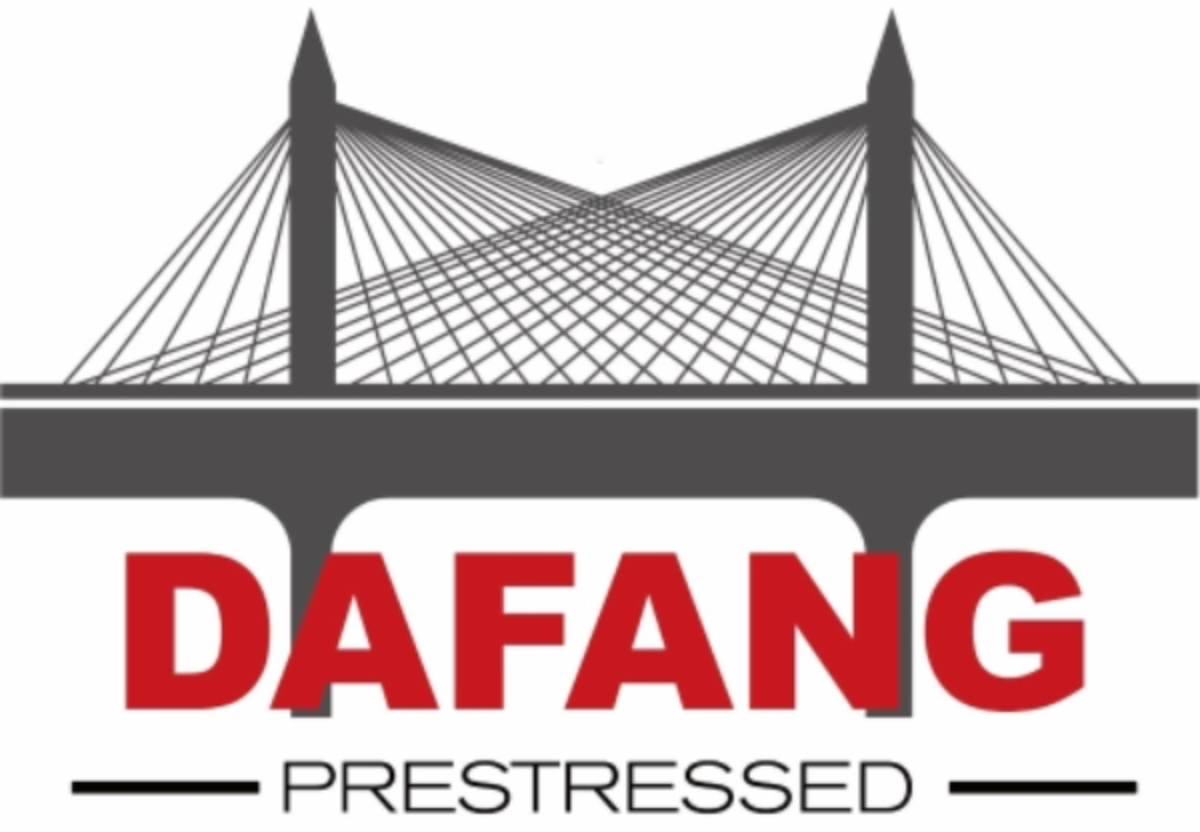News
11
2025
-
03
The Ultimate Guide to 7 Wire Prestressing Strand Applications
The Ultimate Guide to 7 Wire Prestressing Strand Applications
Table of Contents
- 1. Introduction to 7 Wire Prestressing Strands
- 2. Understanding 7 Wire Prestressing Strands
- 3. Key Applications of 7 Wire Prestressing Strands
- 3.1. Prestressed Concrete Bridges
- 3.2. High-Rise Buildings
- 3.3. Water Tanks and Silos
- 3.4. Foundations and Slabs
- 3.5. Tunnel Linings
- 3.6. Roadways and Pavements
- 3.7. Specialty Applications
- 4. Benefits of Using 7 Wire Prestressing Strands
- 5. Technical Specifications
- 6. Installation Process
- 7. Maintenance and Inspection
- 8. Conclusion
- 9. FAQs
1. Introduction to 7 Wire Prestressing Strands
In the realm of construction and engineering, the **importance of 7 wire prestressing strands** cannot be overstated. These strands play a pivotal role in enhancing the performance of concrete structures, allowing for greater load-bearing capacity and resilience. This guide delves into the various applications of these strands, their benefits, and the technical specifications that define their use in modern construction.
2. Understanding 7 Wire Prestressing Strands
7 wire prestressing strands are composed of seven wires twisted together, typically made from high-strength steel. This configuration not only maximizes tensile strength but also ensures flexibility and durability in various structural applications. The manufacturing process involves drawing the steel through dies to achieve specific diameters and tensile properties, ensuring a consistent and reliable product.
Key Characteristics of 7 Wire Prestressing Strands
- **High Tensile Strength:** Capable of bearing substantial loads without permanent deformation.
- **Ductility:** Allows for some elongation before rupture, which is crucial for safety in construction.
- **Corrosion Resistance:** Often coated or treated to resist environmental damage and prolong lifespan.
3. Key Applications of 7 Wire Prestressing Strands
The versatility of 7 wire prestressing strands is evident across various construction domains. Here, we will explore some of the most significant applications of these strands.
3.1. Prestressed Concrete Bridges
Prestressed concrete bridges are among the most common uses for 7 wire prestressing strands. By employing these strands in bridge construction, engineers can achieve longer spans and reduce the amount of material needed, resulting in cost-effective and efficient designs. The strands counteract tensile forces acting on the structure, enhancing its overall stability and durability.
3.2. High-Rise Buildings
In high-rise buildings, the weight of the structure necessitates robust engineering solutions. 7 wire prestressing strands provide essential support in slabs and beams, allowing for fewer columns and more open spaces. This application not only maximizes usable space but also optimizes material usage.
3.3. Water Tanks and Silos
Water tanks and silos often experience significant internal pressure. 7 wire prestressing strands help withstand these pressures, ensuring structural integrity and longevity. The strands distribute stress evenly across the tank or silo walls, minimizing the risk of failure.
3.4. Foundations and Slabs
In foundation systems, 7 wire prestressing strands improve load distribution and reduce the risk of cracking in concrete slabs. By providing tensile strength, these strands enhance the stability of foundations in various soil conditions, ensuring long-term performance.
3.5. Tunnel Linings
Tunnels are subjected to considerable earth and water pressures, making the use of 7 wire prestressing strands vital for safety and durability. These strands reinforce tunnel linings, providing support against external forces and preventing collapse.
3.6. Roadways and Pavements
In road construction, 7 wire prestressing strands can be used in precast pavement slabs. This application allows for thinner slabs without compromising strength, facilitating easier installation and maintenance.
3.7. Specialty Applications
Beyond traditional uses, 7 wire prestressing strands find applications in **specialty projects** such as stadiums, parking garages, and industrial structures. Their adaptability makes them suitable for various innovative architectural designs.
4. Benefits of Using 7 Wire Prestressing Strands
The advantages of incorporating 7 wire prestressing strands into construction projects are numerous. Here are some key benefits:
- **Enhanced Structural Performance:** Improved load-bearing capacity and resistance to tensile stress.
- **Reduced Material Costs:** Allows for reduced material usage without compromising safety or performance.
- **Increased Lifespan:** The durability and corrosion resistance of high-strength steel ensure longevity in harsh environments.
- **Flexibility in Design:** Facilitates innovative architectural solutions and complex designs.
- **Faster Construction Times:** Prefabrication of components with prestressing strands can speed up project timelines.
5. Technical Specifications
When selecting 7 wire prestressing strands for a project, understanding their technical specifications is essential. Key factors include:
- **Diameter:** Common diameters range from 9.53 mm to 15.24 mm.
- **Tensile Strength:** The minimum tensile strength is typically around 1860 MPa, with variations depending on the application.
- **Coating:** Options include epoxy, galvanized, or uncoated strands, depending on the environmental conditions.
- **Standards:** Compliance with ASTM A416 or equivalent national standards is critical for quality assurance.
6. Installation Process
The installation of 7 wire prestressing strands requires careful planning and execution. The following steps outline the typical installation process:
1. **Design and Plan:** Collaborate with engineers to determine the optimal strand configuration based on structural requirements.
2. **Prepare the Formwork:** Ensure that formwork is clean, strong, and accurately positioned to receive the prestressing strands.
3. **Position the Strands:** Lay the strands in the specified arrangement within the formwork, ensuring they are securely anchored.
4. **Tensioning:** Apply tension to the strands using hydraulic jacks, ensuring they are properly stressed before concrete placement.
5. **Concrete Placement:** Pour concrete into the formwork, ensuring full coverage of the strands for effective bonding.
6. **Curing:** Allow the concrete to cure adequately, maintaining optimal moisture and temperature conditions.
7. **Release Tension:** After curing, the tension in the strands is released, transferring the compressive force to the concrete.
7. Maintenance and Inspection
Regular maintenance and inspection are critical for ensuring the longevity of structures employing 7 wire prestressing strands. Recommended practices include:
- **Routine Visual Inspections:** Check for visible signs of distress or corrosion.
- **Load Monitoring:** Implement load monitoring techniques to ensure that structures remain within design limits.
- **Nondestructive Testing:** Utilize methods like ultrasonic testing to detect internal flaws in the strands.
- **Corrosion Protection:** Regularly inspect protective coatings and apply maintenance as needed.
8. Conclusion
The application of 7 wire prestressing strands represents a significant advancement in the construction industry, offering solutions that enhance structural integrity, reduce costs, and foster innovative designs. As we continue to build the future, understanding and implementing these strands will ensure the safety and longevity of countless projects across the globe.
9. FAQs
What are the main advantages of using 7 wire prestressing strands?
The main advantages include enhanced structural performance, reduced material costs, increased lifespan, and flexibility in design.
How do 7 wire prestressing strands compare to other types of reinforcement?
7 wire prestressing strands offer superior tensile strength and durability compared to traditional reinforcing bars, particularly in applications requiring long spans and minimal deflection.
What are the common diameters for 7 wire prestressing strands?
Common diameters range from 9.53 mm to 15.24 mm, depending on the specific application and structural requirements.
How often should structures with prestressing strands be inspected?
It is recommended to conduct visual inspections at least annually and to implement more detailed inspections every few years or after significant loading events.
Can 7 wire prestressing strands be used in corrosive environments?
Yes, but it is essential to select strands with appropriate protective coatings, such as epoxy or galvanized finishes, to enhance corrosion resistance.
Latest News
—
Sep 15,2021
Leave A Message

All products are selling well in both domestic and abroad.We also welcome OEM and ODM orders.
Contact Us
 info@hndfyyl.com
info@hndfyyl.com
 +8615093660266
+8615093660266
 Luhuagang turntable 50 meters, Yuwangtai District, Kaifeng, Henan Province, China
Luhuagang turntable 50 meters, Yuwangtai District, Kaifeng, Henan Province, China
Copyright © Kaifeng Dafang Prestressed Co, Ltd. All Rights Reserved. Powered by:www.300.cn SEO Privacy Policy
Copyright © Kaifeng Dafang Prestressed Co, Ltd. All Rights Reserved.
TOP
在线留言


